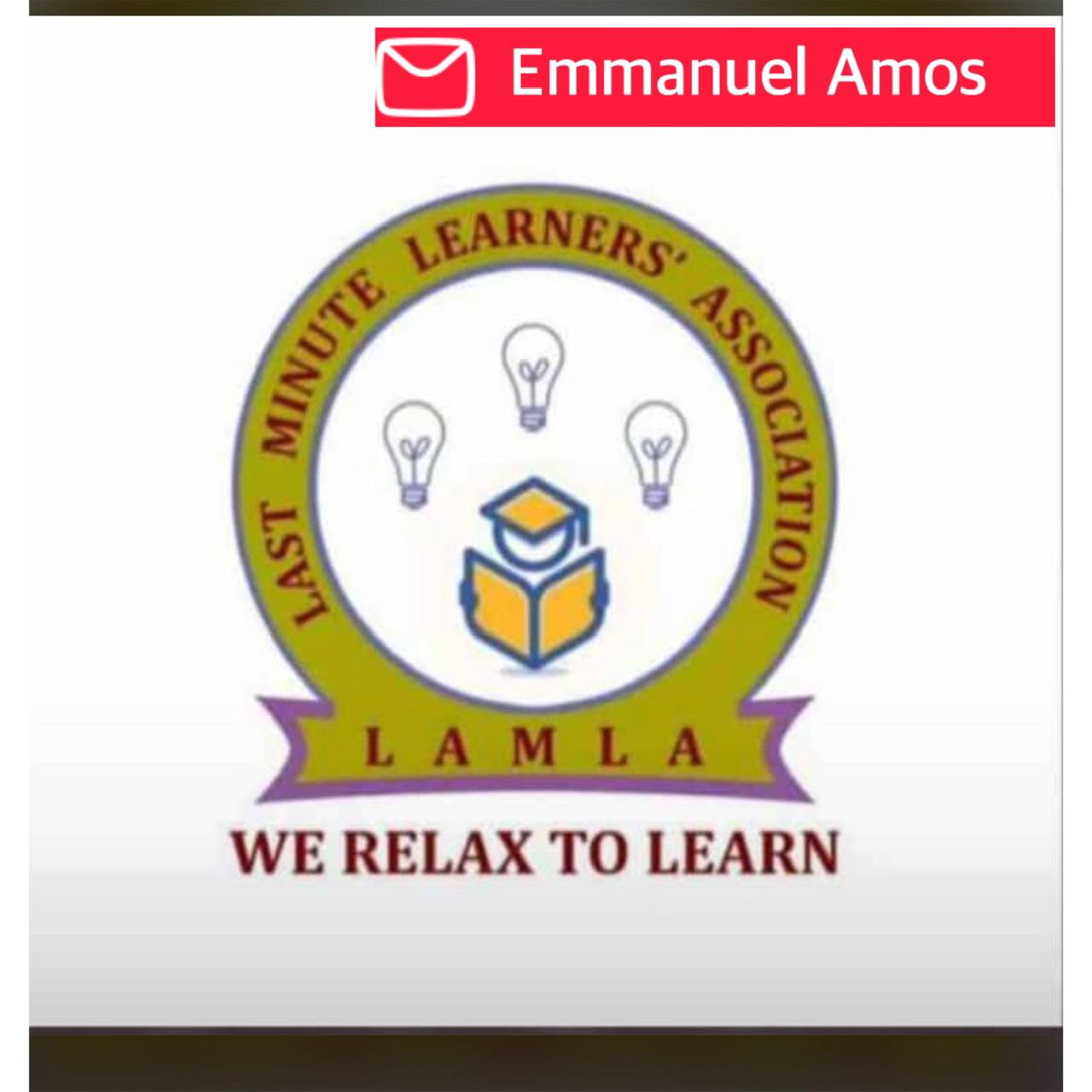2.a. Explain the term profile dimension. 5 marks
b. Explain the following profile dimensions and give to active verbs when stating objectives under each during lesson plan. 15 marks
(i) Knowledge
(ii) Understanding
(iii) Application
3.a. Briefly explain the term syllabus in the basic school curriculum. 5 marks
b. Explain any three characteristics of a syllabus. 15 marks
4. a. Explain any two of the models of curriculum development that you have studied in this course in not more than five sentences each. 12 marks
b. State two implications of any two of the following theories of language acquisition and learning. 8 marks
(i) Behaviourists theory
(ii) Cognitivists theory
(iii) Constructivists theory
5. a. Explain the following curriculum perspectives: (20 Marks)
i. As Subject Matter
ii. As an Experience
iii. As Cultural Reproduction
iv. As a Plan
Marking Scheme
Question 1
Preamble: Award 5 marks for class, performance indicators/Indicators, TLRs, Strand/sub-strand, Content Standard
Phase 1: Award 2 marks for the starter and revision of RPK
Phase 2 (Main): Award 5 marks for Step 1 activities under the strand selected (emphasis should be on the treatment of vocabulary and prediction activities like giving the title, discussion, brainstorming etc.)
Step 2: Award 3 marks for the activities under the particular strand.
Step 3: Award 2 marks for assessment/summarizing based on the text.
Phase 3/Plenary: Award 3 marks for conclusion and personal response based on the strand.
b. i. Knowledge is the ability to remember or recall concepts which been learned already. It constitutes the lowest level of learning. Examples of verbs used to reflect it are; name, mention, state, list, tell etc.
ii. Understanding refers to the ability to grasp the meaning of some concepts that may be verbal, pictorial or symbolic. Examples of verbs under this include; explain, discuss, rewrite, paraphrase, generalize, estimate, expand, translate etc.
iii. Application refers to the ability of the learner to use the knowledge acquired in real life or unfamiliar situations. It is the highest order in terms of the profile dimensions. Verbs under this domain are: produce, compare, contrast, outline, predict, solve, plan, demonstrate, discover etc.
5 Marks for each explained point with examples
b. Three characteristics of the syllabus:
i. It has set goals for the course.
ii. It outlines the pre-requisite/entry behavior of learners.
iii. Learning indicators, objectives and outcomes expected of the learner are indicated.
iv. The content of the course and the requirement for successful completion are outlined.
v. Rules and time allotted to the study of the course are indicated.
vi. Teaching learning resources, recommended textbooks and reference materials are indicated.
vii. assessment procedures to be used and how it should be done are provided.
2 Marks each for any three explained points
The rational model suggests that the curriculum elements should be arranged sequentially and follow a particular pattern. It was developed by Tyler and Taba. Tyler claims that school authorities should be made to design the curriculum. He recommends that curriculum developers should gather data from three sources: the learners, contemporary life out of school and subject matter.
Taba believes that teachers should be made to develop the curriculum since they use it to teach in the classroom. She outlines that for the curriculum to be effective, the needs of learners should be important.
b. Cyclical models
This model claims that curriculum materials are interdependent and interrelated and follows a particular cycle. For example, when a curriculum developer is considering content, he or she may also suggest methodology though these strategies will come later. The theorists associated with this model are Wheeler and Nicholls and Nicholls. Nicholls and Nicholls recommend the need for what is known as situational analysis for a preliminary step as against Wheeler who suggests the five steps.
c. Dynamic model
This model claims that the curriculum elements do not need to follow sequentially or a particular pattern. They claim that the model does not reflect the reality of curriculum development in educational organizations. Wheeler believes that the elements begin with the place where statements are made up of ideas, preferences, point of view, , beliefs and values are recognized by curriculum developers. He also believes that it is curriculum developers who should takes decisions about the various process components. Skilbeck also believes that it is the teachers and learners who should develop the curriculum to meet the needs of the learner.
4 Marks (12) for each well-explained model
b. Implications of the Behaviourists theory
1. Teachers should be role models in listening, speaking, reading and writing
2. A lot of repetitions or drills should be encouraged by the teacher.
3. Conducive learning environment should be provided in the classroom for the child.
4. Teachers should motivate learners in the classroom.
Implications of the Cognitivists theory
Implications of the Constructivists theory
4 Marks Each (8) for any of the two explained implications
This refers to the knowledge, skills or ideas that are imparted to the learners. It includes all the topics that taught within a school system. Teachers must impart the relevant knowledge that will impact the learners after school. The content selected for the learners should also meet the needs and their levels.
ii. As an Experience
It involves the knowledge the learners have gathered while being guided by the school. It also refers to the how the learners react to tasks, people around them, available materials and the psychological climate of the classroom. It includes a variety of learning activities that have been carefully prepared, arranged and guided by educational institutions to fulfil its educational objectives.
iii. As Cultural Reproduction
This is where the culture of the society is imparted to the learners by introducing it into the curriculum. Developers take into consideration the subject matter, experience, intent or aim and the kind of cultural norms that are acceptable at the early stages of the child. It empowers children to value the culture of their societies and all cultures.
iv. As a Plan
This refers to the decisions taken by authorities of education towards the needs of the state, objectives of our education and contents which suit the needs of the learners are considered. It serves as a drawing board with which the authorities use to reflect the needs of the state and the learners.
5 Marks for each well-explained point
Answer question 1 and any other two (2) questions in the answer book provided.
b. Explain the following stages of curriculum development: 15 Marks
i. Planning
ii. Implementation
iii. Evaluation and Reporting
b. Explain any three pre-requite skills of the basic school child before he or she is introduced to formal English language learning. 15 marks
5. a. Briefly explain the term pedagogical approaches applied during teaching and learning. 5 Marks
b. Discuss three factors that should be considered when designing a lesson plan. 15 Marks
Marking Scheme
Question 1
Preamble: Award 5 marks for class, performance indicators/Indicators, TLRs, Strand/sub-strand, Content Standard
Phase 1: Award 2 marks for the starter and revision of RPK
Phase 2 (Main): Award 5 marks for Step 1 activities under the strand selected (emphasis should be on the treatment of vocabulary and prediction activities like giving the title, discussion, brainstorming etc.)
Step 2: Award 3 marks for the activities under the particular strand.
Step 3: Award 2 marks for assessment/summarizing based on the text.
Phase 3/Plenary: Award 3 marks for conclusion and personal response based on the strand.
2a.
They refer to the entry behavior of the child before a new language item is introduced. That is, the background experience of the learner developed at home before a new strand is introduced to him or her. Examples include the ability to answer simple questions based on what is learned, ability to tell simple stories, recite a poem, knowledge of the L1 etc.
They refer to what the child is able to achieve after going through a lesson. It is also what that child is able to do at the end of a lesson. It is also known as objectives of the lesson. These objectives should be specific, measurable, accurate and time-bound.
These are the teaching learning activities that a teacher takes learners through to help them grasp the expected outcomes in the classroom. It also involves the teaching strategies put in place by the teacher to support the child acquire the relevant skills in the classroom. The ability of the learners to manipulate the teaching learning resources also form part of the exemplars.
They are the broad areas or sections of the English content that is studied. It was formerly known as topics. That is, a body of knowledge or content that is imparted to the learner. There are six strands which include: oral language, grammar, reading, writing, grammar usage and Literature.
5 Marks for each well-explained point
3. a. Two similarities between a curriculum and a syllabus
i. Both cater for the different learning needs of learners
ii. Both have clear goals and objectives to be achieved.
iii. Both are planned to build learners’ experiences.
Any 2 points for 2 marks
Differences between a curriculum and a syllabus
Any 3 points for 3 marks
b. i. Planning
This involves all the decisions taken by the stakeholders of our educational system towards the achievement of the set goals and objectives. They consider the needs of the nation or the state, set objectives for our education and select contents which meet the needs of our learners so that the knowledge on them will reflect their real life situations. It serves as a drawing board where major decisions are taken to develop our educational system.
ii. Implementation
This is where the curriculum is put into use by teachers in the classroom. Here, issues outlined in the document are put into practice by teachers in terms of the teaching learning processes. Teachers use the right strategies which will impart meaningful learning in the classroom. Learners are also supported by teachers through the teaching learning resources to develop the relevant skills expected of the learners.
iii. Evaluation and Reporting
This refers to both internal and external assessment decisions that ate taken to monitor the progress of the curriculum. Both formative and summative assessment procedures are put in place by both the teachers and examining bodies towards the curriculum. This helps to find out the strengths and weaknesses of the curriculum in terms of whether the learners have made an impact in its use. A team of academics and stakeholders report on their findings after the assessment has taken place to find out the effectiveness of the curriculum.
5 marks each for each well-explained point
4.a. Pre-requisite are the skills or entry behaviours that children bring from the home before being introduced to formal learning. It is also the knowledge the child has before beginning to work on a particular idea. 5 Marks
b. Some Pre-requisite skills:
i. Ability to speak the mother tongue
ii. Able to tell simple stories
iii. Ability to recite simple poems
Any 3 well-explained points for 5 marks each making total of 15 Marks
5 a. They are the methods, strategies and techniques employed a teacher to enable a child acquire the relevant skills which are timely assessed to provide a feedback to the learner and other stakeholders such parents and other educational bodies. Examples include: creating a learner-centred classroom, use of equity and inclusivity, the use ICT tools in teaching, integration of assessment into teaching and learning process for accountability etc. 5 Marks
b. Factors to consider when designing a lesson plan:
1. Know your learners *learning abilities or entry behavior of learners)
2. Know your content (Have a mastery of the subject matter)
3. Consider the resources available (Well-designed teaching learning materials that are interactive)
4. Consider the assessment procedures you will use (Use varied assessment procedures)
5. Know the objectives of the lesson (have clear objectives you intend to achieve)
Any 3 well-explained points for 5 marks each for 15 marks


